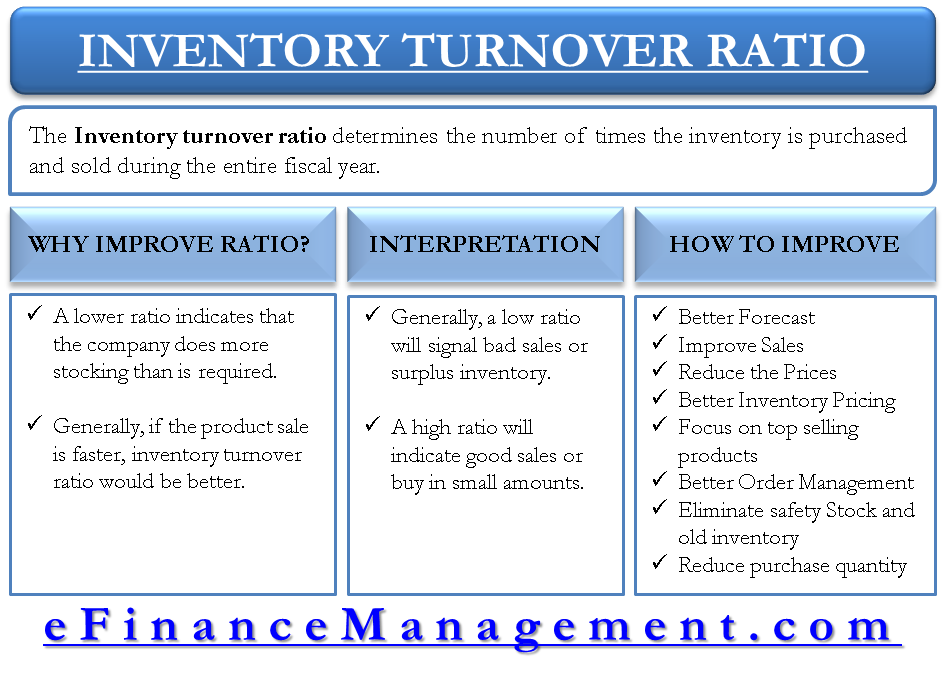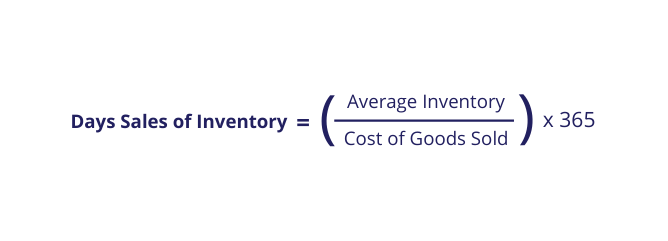


Overall, collaboration and communication among government officials, emergency organizations, retail managers and consumers can allow for better allocation of essential supplies amid the coronavirus pandemic.Inventory turnover (also known as stock turnover) is a measure of how well a business manages its inventory. And consumers, especially older people, can be encouraged to stockpile supplies at the early stages of a coronavirus outbreak to avoid unnecessary trips outside the home when the virus spreads. Retail supply chain managers can pay close attention to developments in the coronavirus pandemic, such as the number of diagnosed cases and the number of deaths, as they make stocking decisions. Policy-makers may be able to influence both the supply and demand for critical products through public announcements and advisories, thereby altering stockpiling behaviour and retail stocking habits. The progression of the coronavirus can be measured in weeks or months, thus providing retailers and their suppliers with additional time to prepare for potential stockpiling behaviour.
#STOCKPILE TURNOVER PLUS#
On the plus side, hurricane forecasts may only be made days in advance. The widespread outbreak of the coronavirus may also lead to global shortages on a larger scale than the hurricane events, thus making it more difficult for retailers to shift inventory around their networks to accommodate regional demands.Įmpty shelves where water is sold at a grocery store are shown in August 2019, in North Miami, Fla. Unique coronavirus challengesīoth retailers and local governments face challenges caused by consumer stockpiling when emergencies such as the coronavirus pandemic hit.Ĭompared to more predictable environmental emergencies such as hurricanes, the diffusion process of the coronavirus pandemic is difficult to forecast. However, shipping costs may limit a retailer’s inclination to accommodate regional shortages, so affected retail outlets from these national chains may sell out of needed products, even if other stores in the chain have excess inventory of the same goods. So a store from a chain with 7,300 stores experiences double the amount of consumer stockpiling relative to its operations in normal time compared to a store from a chain with 600 stores. Warren)įor example, using data from the United States, our research finds that as the national store network increases from about 600 to 7,300 stores across the country, consumer stockpiling propensity prior to hurricanes more than doubles. Shoppers rush to pick up toilet paper that had just arrived at a Costco store on March 7, 2020, in Tacoma, Wash. They carry a large array of essential items that consumers may stockpile in advance of emergencies, such as bottled water, prescriptions and personal hygiene products. We find that drug stores are associated with the highest consumer stockpiling propensity prior to hurricanes. When it comes to consumer stockpiling, our study uncovers significant differences among retailers. Overall, under the stress from the coronavirus, scarcity of supply may induce consumers to pay higher prices.

Retailers may also hike prices because their suppliers have, thus driving up costs throughout the supply chain. Secondly, sellers can capitalize on the imbalance of supply and demand and boost prices. (AP Photo/Matt Dunham)Ĭonsumers should be aware of rising prices when accumulating emergency supplies.Īs retail stocks dwindle, prices rise for at least two reasons.įirstly, because lower-priced products are sold out, consumers must purchase higher-priced alternatives, also known as the product substitution effect. Shelves stand empty in the aisle for toilet paper at the Waitrose supermarket in Surbiton, south west London, on March 11, 2020.


 0 kommentar(er)
0 kommentar(er)
